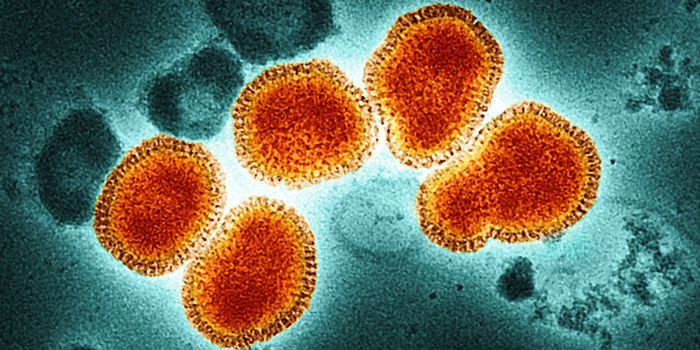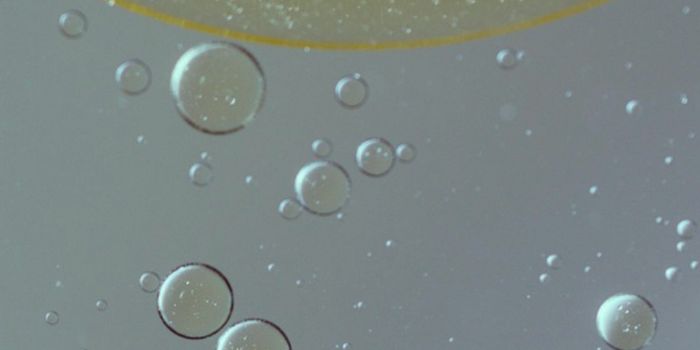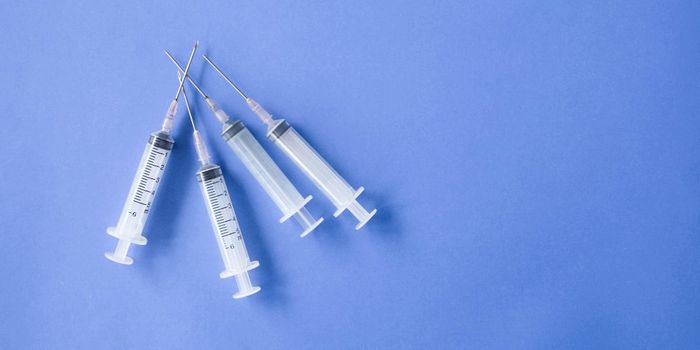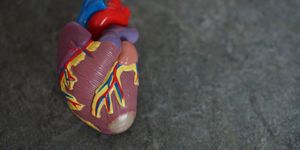Temporary Pacemaker Can Dissolve Away
Sometimes heart patients may need a pacemaker temporarily; they may be waiting for a permanent one, or it might be necessary after cardiac surgery has been performed, for example. The procedure is not without risk. But now, scientists have created a transient pacemaker that simply dissolves awayafter a few weeks, when it's no longer necessary. The battery-free and wireless device has been tested in several animal models. The work has been reported in Nature Biotechnology.
"Hardware placed in or near the heart creates risks for infection and other complications," said John A. Rogers, Ph.D., Director of the Louis Simpson and Kimberly Querrey Professor of Materials Science and Engineering at Northwestern University, who led the device's development. "This unusual type of device could represent the future of temporary pacing technology."
"Sometimes patients only need pacemakers temporarily, perhaps after an open heart surgery, heart attack or drug overdose," said study co-leader Dr. Rishi Arora, a cardiologist at Northwestern Medicine. "After the patient's heart is stabilized, we can remove the pacemaker. The current standard of care involves inserting a wire, which stays in place for three to seven days. These have potential to become infected or dislodged."
The light, soft device is about 250 microns thick. It's made up of electrodes that are encapsulated in biocompatible materials, and it flexibly attaches to the surface of a heart, where it delivers electrical signals. It dissolves between five and seven weeks after implantation, and is powered through wirelessly transmitted energy that emits from an antenna on an external device.
Right now, if a temporary pacemaker is necessary, electrodes are sewn onto heart muscle tissue during open heart surgery. Electrical signals are delivered through leads that extend out from the patient's chest and connect to a box. Scar tissue can grow around these leads, and they are susceptible to infection. Additional risks are introduced when the device has to be removed. This device could eliminate all of that.
The researchers are hopeful that this technology will have applications outside of cardiology as well.
"With further modifications, it eventually may be possible to implant such bioresorbable pacemakers through a vein in the leg or arm," Arora added. "In this instance, it also may be possible to provide temporary pacing to patients who have suffered a heart attack or to patients undergoing catheter-based procedures, such as trans-catheter aortic valve replacement."
"We build these devices out of different types of safe, bioresorbable materials and in optimized architectures to ensure stable operation over a time period somewhat longer than is clinically necessary," Rogers said. "We can tailor the devices to address a broad spectrum of relevant lifetimes. Transient technologies, in general, could someday provide therapy or treatment for a wide variety of medical conditions, serving in a sense, as an engineering form of medicine."
Sources: AAAS/Eurekalert! via Northwestern University, Nature Biotechnology









